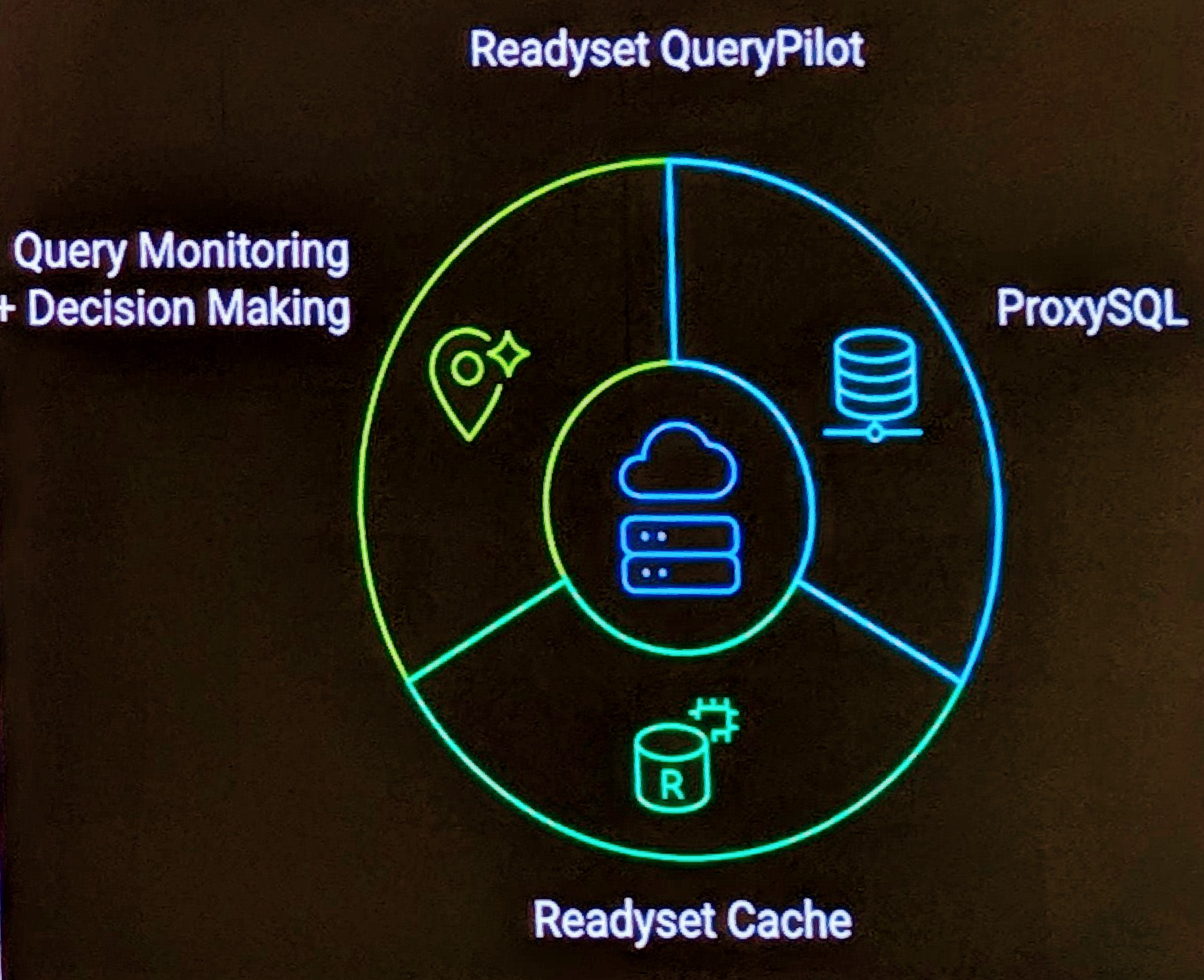A: Maria, an ACID, MVCC engine that plans to be the default non-transactional and default transactional engine for MySQL.
Presently development with a team of 6 people and plans of adding 2-3 developers the work on Maria should see the 1.5 release this month.
It was great to here Monty say “We have a policy of zero MySQL Bugs, like the old MySQL way.”
Maria Version History
1.0 – “Crash Safe” — part of a existing 5.1 branch
1.5 – “Concurrent insert/select” to be merged as part of formal MySQL 6.0 release
2.0 – Transactional and ACID
3.0 – High Concurrency & Online Backup
4.0 – Data Warehousing
The schedule has all of the features to be available for the next MySQL Conference Q2 2009
Some points of note:
- This is a MyISAM replacement.
- It was interesting to hear about log file size (suggesting being big like 1G), and there are not circular. New log files will be created, and only files purged only when no longer used.
- There has been a change in default page size, presently defaulting to 8K for both data and indexes.
- Maria 1.5 does not support INSERT DELAYED and FullText and GIS indexes are not crash safe.
- There are extensive tests in the MySQL Test Suite
- Will support READ COMMITTED and REPEATABLE READ (available in 1.5)
- Every part of the development and process is open an available documentation (unlike some other storage engines Monty mentions)
- Have a drop everything policy on new bugs to have Maria as stable as possible.
- Check out the blog at monty-says.blogspot.com


